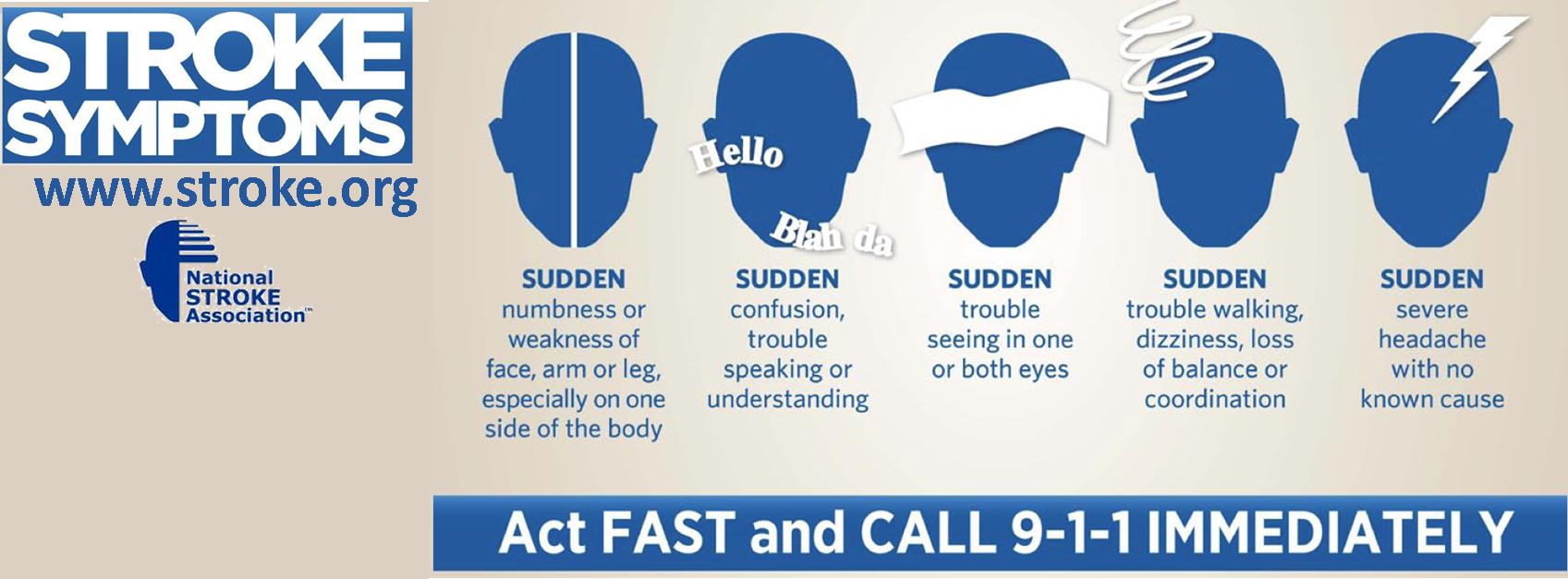
May is National Stroke Awareness Month.
Bowel and Bladder Incontinence After a Stroke
Did you know that bowel and bladder problems sometimes happen after strokes? It’s estimated that 1 out of every 7 stroke survivors experiences some kind of long-term incontinence problem. Urinary incontinence, constipation, bowel incontinence, and urinary retention occur when the stroke has damaged the part of the brain that controls waste removal.
The National Stroke Association has a wealth of information on how to control and live with bowel and urinary problems, and they have some advice for stroke victims who are learning how to deal with their urinary problems.
Intermittent catheterization may help some stroke victims with urinary incontinence, although doctors sometimes have other treatment options for their patients such as bladder control exercises or medication.
If you’re having urinary incontinence issues, you may want to try going to the bathroom at regular intervals of time. Urinating every 2-3 hours regardless of if you feel the urge to or not can help prevent
accidents.
Stroke Awareness Month: Signs and Symptoms of a Stroke
It’s estimated that around 795,000 people in the United States have a stroke each year, and it’s been proven that education about the signs and symptoms of a stroke can help save lives.
In a 2005 survey, 93% of stroke victims recognized that sudden numbness on one side was a sign of a stroke, but only 38% of them knew about all of the major signs of a stroke and knew when to call 911.
Do you know what the common signs and symptoms of a stroke are?
- Sudden numbness or weakness of face, arm, or leg (especially on one side of the body)
- Sudden confusion, trouble speaking, or understanding
- Sudden trouble seeing in one or both eyes
- Sudden trouble walking, dizziness, loss of balance, or coordination
- Sudden severe headache with no known cause

What does F.A.S.T. stand for?
These symptoms make it easy to identify if you’re having a stroke, but determining if another person is having a stroke can be difficult. That’s why the National Stroke Associations came up with the F.A.S.T.stroke symptom criteria.
F.A.S.T. stands for Face, Arms, Speech, and Time. These are four very important factors for evaluating possible stroke victims. If you suspect that someone is having a stroke, remember F.A.S.T.
Face
Ask the person to smile, and pay attention to see if one side of their face is drooping.
Arms
Ask the person to raise their arms, and see if one of the arms drifts downward
Speech
: Ask the person to repeat a simple phrase, and see if their speech is slurred or if they’re speaking in a strange manner (pauses, stammers, saying words out of order)
Time
: Remember that time is an important factor in helping stroke victims. If you see them exhibiting any signs of a stroke, call 911 immediately.